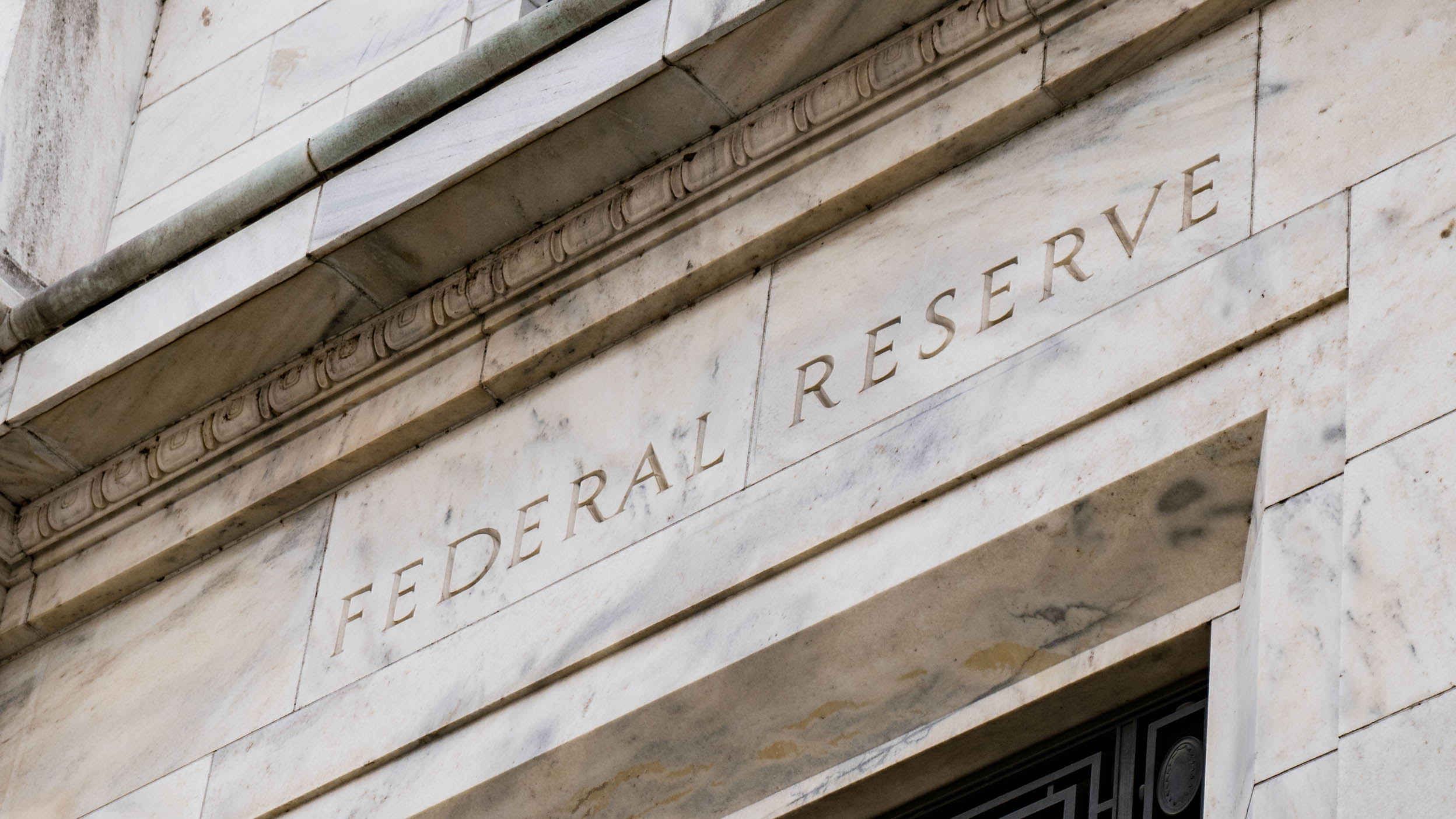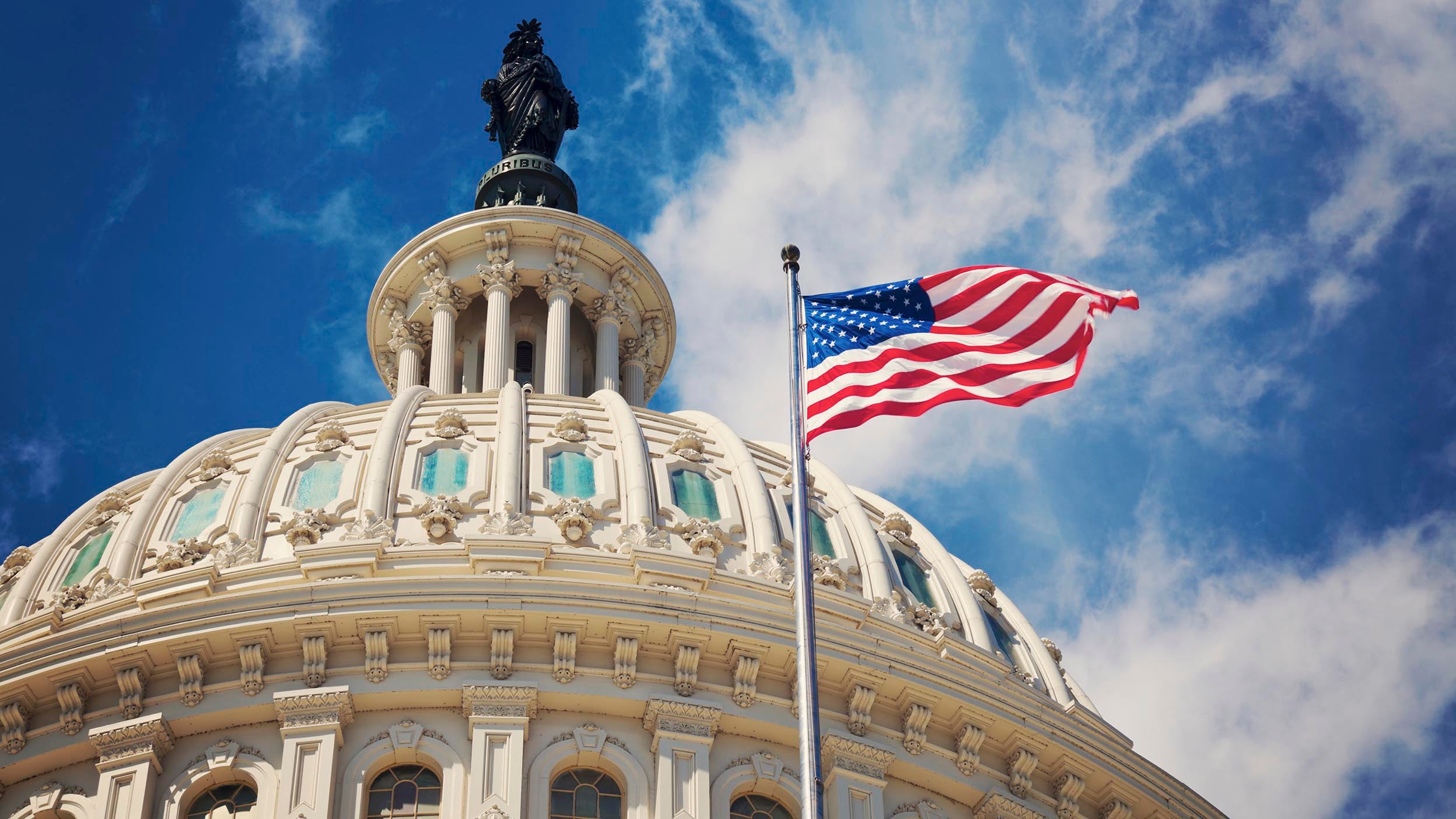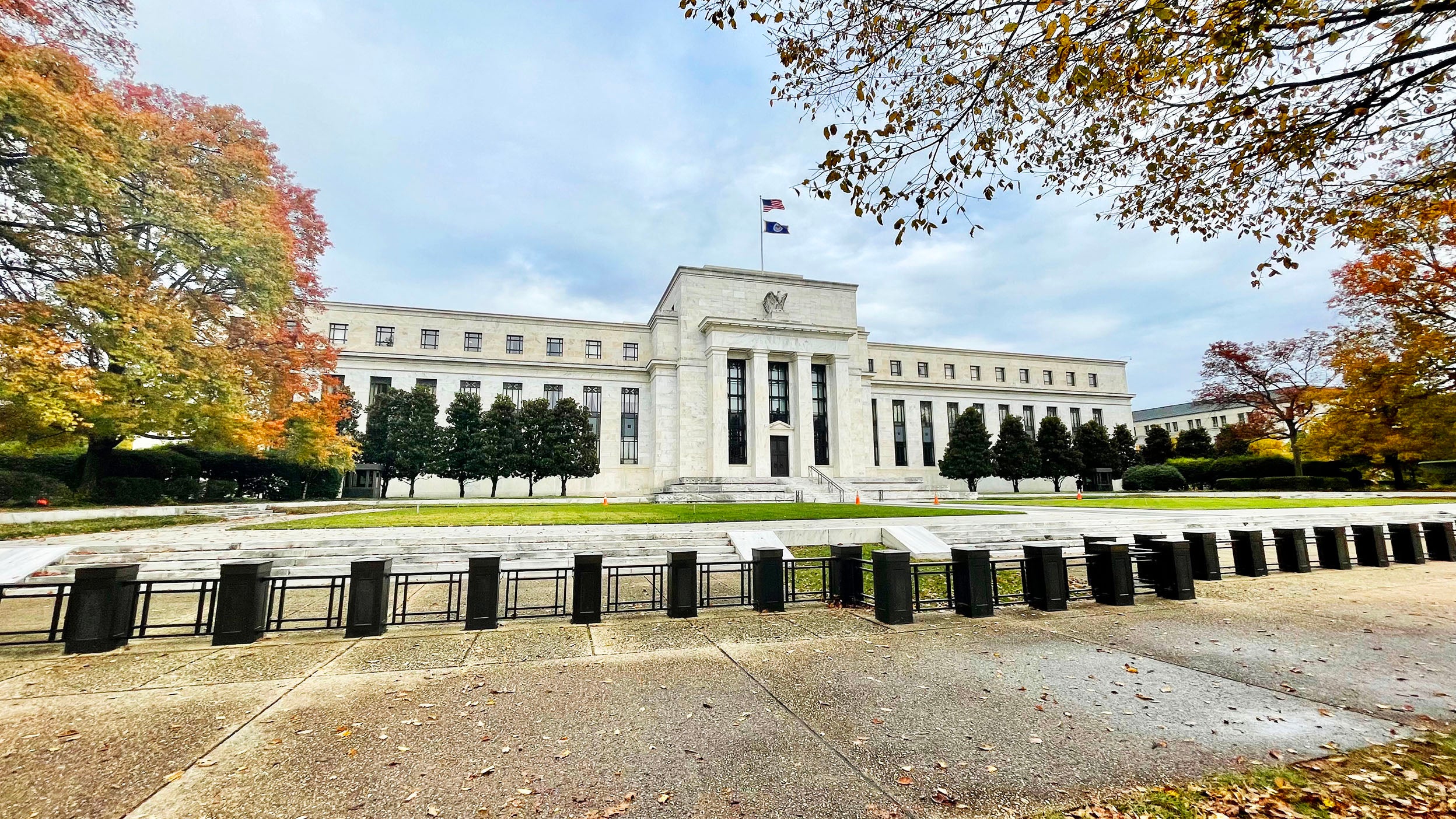
Markets and Economy Slower job growth likely solidifies September rate cut
Although the labor market began to slow, it’s not yet signaling a recession. Anchored inflation expectations may mean a rate cut is imminent.
Fresh perspectives on economic trends and events impacting the global markets.

Get timely investment ideas, an overview of what’s happening in the markets, and tips to help optimize your portfolios in our monthly playbook.

Although the labor market began to slow, it’s not yet signaling a recession. Anchored inflation expectations may mean a rate cut is imminent.

Markets pressed higher despite seasonal weakness, new tariffs, elevated valuations, and noise surrounding the Federal Reserve’s independence.

Get insight on the resilient US economy, broadening market advance, pickup in IPO activity, plus what outperformed when the US dollar had weakened.

Federal Reserve Chair Jerome Powell’s dovish tone at Jackson Hole last week had ramifications for rate expectations, tech stocks, and the US dollar.

Economic signals seem to show a gradual slowdown in the US economy, but not a recession, with many global companies thriving in the trade environment.

While the national debt keeps growing, it may still be manageable in the short term despite the investment risk or pending disaster some investors fear.

Economic stagnation combined with rising inflation and a weak job market can make life difficult for consumers and businesses.

A Purchasing Managers’ Index (PMI) tells economists and investors whether the manufacturing and services sectors are contracting or expanding.

The Federal Reserve gets a surprise resignation. Meanwhile, disagreements at the Bank of England lead to a historic vote.
Get straightforward insight from our market and economic experts on what investors need to know about soft landings, inflation, the economy, government debt, election season, and more.
Insights from our income experts on investing opportunities around the globe.
Our latest thinking on opportunities and potential ways to use ETFs in a portfolio.
Learn about investing in ETFs, including the basics, benefits, and choosing one.
Candid conversations with fund managers, market strategists, and more.
AEM723/ AEM731
This link takes you to a site not affiliated with Invesco. The site is for informational purposes only. Invesco does not guarantee nor take any responsibility for any of the content.